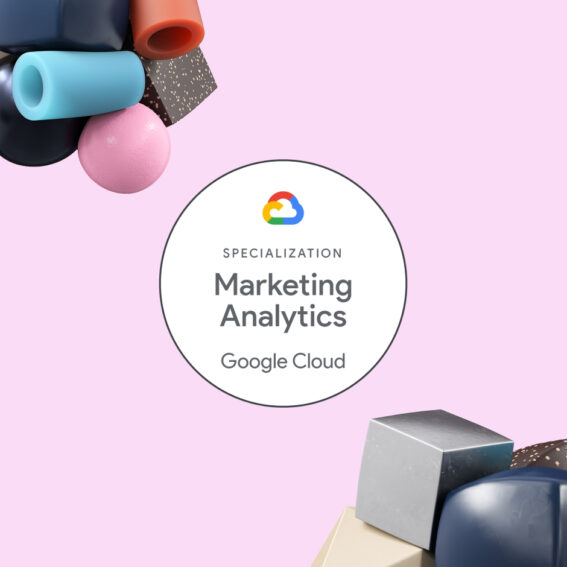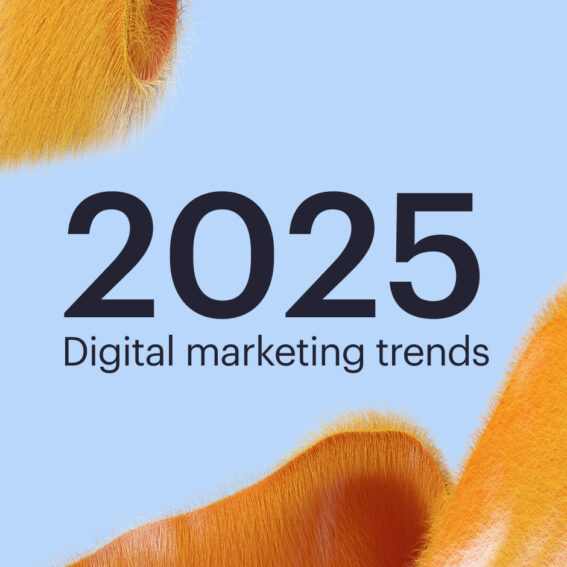Key takeaways from our Programmatic event

Oliver Rex Sørensen
Group Programmatic Lead
April 10th, Gothenburg. The weather is… not great.
Together with Integral Ad Science (IAS) and Kobler, we hosted a Programmatic-themed event at the Precis Gothenburg office to discuss:
- The challenges in the current media landscape,
- What opportunities are available, and
- How, despite cookie deprecation, we can increase focus on privacy while finding ways to measure campaign success.
If you were unlucky and missed it, here’s your event recap – don’t say we don’t take care of you!
Media quality
Our Brand Marketing Lead, Karolina Lapinaite, presented key facts on how user behaviour is changing, namely:
- 73% of users consume multiple media simultaneously, and
- 91% believe ads are more intrusive now compared to two to three years ago.
It’s safe to say that those numbers are… scary. And both of these growing trends present marketers with challenges in capturing attention, which leads us to face not one, not two, but three big elephants in the room 🐘
Media fragmentation
Users are everywhere nowadays – and, in many cases everywhere all at once: watching TV and scrolling TikTok, gaming whilst listening to music or podcasts… Rarely do we get the opportunity to speak to users on a one-on-one basis. Kind of like trying to tell my colleagues about the latest socks I purchased, but they’re too busy working. If only they could just focus on what’s important.
Cookie deprecation
In early 2024 Google cut 1% of third-party cookies in the Chrome browser. This is only looking to grow further, and we are finally seeing the deprecation of the cookie becoming a real deal, after many, many postponements.
Transparency
How much of ad spend is going towards working media? How much is going towards tech platforms, data aggregators, or even worse fraudulent traffic? The open internet is full of people trying to get a slice of the big pie that is advertising spend. While we didn’t have pie at the event, we had charcuterie boards (ICYMI).
The solutions
With so many challenges, it is easy to lose hope. Do not worry though, solutions exist to these problems! Are we, perhaps, at the brink of witnessing a paradigm shift?
Media fragmentation is a fact, but the way we go about it doesn’t have to be fragmented. Rather, by:
- Taking a strategic approach towards integrating media based on audience experience,
- Connecting the right platforms, and
- Involving the right partners…
… we can come up with answers that can turn fragmentation into an opportunity. Data shows that multi-channel campaigns are 31% more effective at building brands.
Cookie deprecation opens up a new era of measurement and targeting since we are losing a key component of what has defined the digital marketing landscape from the beginning.
But once a door closes, 10 new ones open, and there is plenty of other fish in the sea… Sometimes, the relationship you had just wasn’t it and you need to move on, so you can both become better versions of yourselves… But I digress. This is not an article about how to get over a heartbreak.
However, this also applies to us marketers with the cookie. Except that, in this case, the cookie isn’t becoming a better version of itself, but rather… a dying, crumbling version of what once was 💔
Nevertheless, us marketers have gotten the wake-up call, we’ve started hitting the gym, picked up a few old Dostoevsky novels, signed up for a marathon and met new friends… All to forget about that damn cookie!
Long story short: sometimes change can be uncomfortable, but it’s necessary to go through it and, if we do it right, we can come out better, cookie-less versions of ourselves.
Transparency, or the lack thereof, is often under a lot scrutiny in the media landscape – and for good reason. Shifting the focus to media quality and deep diving into what actually drives value for your brand is where we see progress is headed.
In the last few years, attention has been seen as the new currency to evaluate your media buying. Viewability and fraud-free ad buying are good hygiene indicators, but they don’t answer the question of how impactful your media buying has been. You know what does, though? Attention.
With attention, we leave the hygienic factors and look at metrics (time in view, position in content…) to determine the value of media in a more nuanced way. This, in turn, leads to smarter buying opportunities by having more transparency over what we buy. And that’s something worth investing on.
The panel discussion
After presenting challenges and their potential solutions, we hosted a panel discussion to listen to our partners’ points of view. To make it relatable, we asked each of the representatives from IAS, Kobler, and Precis to describe what Era they thought Programmatic advertising is in by using an analogy.
Philip from Kobler compared it to the transformation of the iPhone. He explained that we are at a moment similar to when the first iPhone came out, and how it was so clear that a change in paradigms in telecommunications was in front of us.
Björn from IAS compared it to his daughter. Cute! As she grows, she’s had to realise that some of the things she has done (like touching hot glue or hitting herself with a frying pan) might not be the best idea. By testing and trying out things, we all have the chance to become a better version of ourselves.
Adam from Precis used the analogy of Tiger Woods. A few years ago, Programmatic used to be marketing’s champ. After going through a bit of a crisis, it is now making a comeback and looking to adapt to the challenges.
I (Oliver) compared it to Beyoncé’s musical career. She started with Destiny’s Child, then went solo and mixed in a bunch of different genres, from classical Pop and RnB to now country. Nothing is impossible, and each version has its own quality to it. Beyoncé, like digital marketing, programmatic, and you and I, can adapt to changes. We’re flawless.
The grand finale
The event was rounded off by Anton Gustafsson with a client case that showcased an example of a varied media mix. This case was a great example of how the client documented the effectiveness of upper funnel activities (from a lower funnel’s perspective) and did it in a future-proof way through various marketing evaluation methods, such as causal impact analysis, GeoX and Brand search trends. Lots of technical and fancy stuff that we can help you with… if you dare.
All in all, we had a lot of fun. And we learned valuable lessons along the way about heartbreak and… programmatic.


